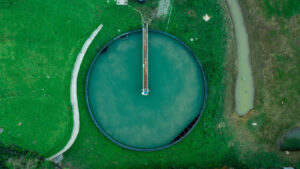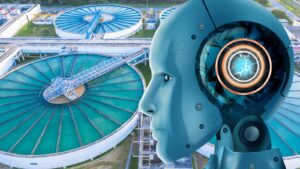What would be your answer if someone asked, ‘What are the most vital resources on the planet?’ It is undoubtedly ‘Clean Water’, isn’t it? That is why the modern industrial world puts much weight on the ‘wastewater filtration’ as it remains at the centre of water safeguarding. However, what you can notice in recent years is that the treatment and reuse of wastewater has become quite challenging. It is mainly due to the expansion of industries and the growing population. From collecting wastewater to releasing it for reuse is a huge process, and among all those intricate stages of wastewater treatment, filtration stands out as an essential functional apparatus, as it lays the foundation that boosts water clarity while removing fine impurities, and clearing the road for treated water to be reused or for safe release.
This article acts as a guide for you to understand what the wastewater filtration process is, its mechanism, and how it has become vital when it comes to sustainable water management in both municipal and industrial systems.
We will explore
- Why Filtration Matters in Wastewater Treatment
- When and Where Filtration Takes Place
- How the Filtration Process Works – Step by Step
- Common Filtration Technologies in Wastewater Treatment
- Challenges, Innovations, and Future Trends
- Ensuring a Robust Wastewater Filtration Process with an AI-Based Digital Push
Why Filtration Matters in Wastewater Treatment
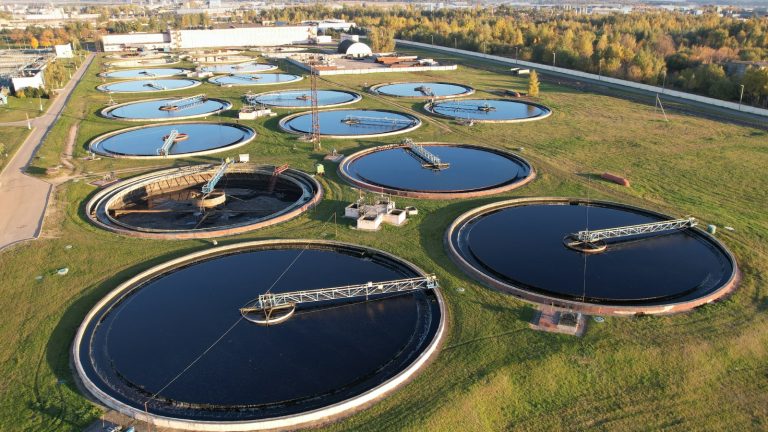
- Filtration should not be considered as a standalone activity. Instead, it is known as a key phase in the much broader wastewater treatment chain, and this spreads across a broad spectrum of phases, such as preliminary, primary, secondary, and tertiary.
- When it comes to the earlier stages, we can see that they mainly focus on removing large solids and biological contaminants. Then, in the filtration stages, the treatment mechanism moves on to perform the final ‘polishing’ step. In the last stages, it targets capturing fine particles, residual suspended solids, and micro-flocs that diffuse through sedimentation tanks.
- What is the necessity for an effective filtration? Without such a robust framework, pathogens will survive downstream disinfection, wastewater will retain turbidity, and effluent may fail to meet expected regulatory standards. Plus, when there is high turbidity, it certainly decreases the effectiveness of chlorination or UV disinfection. The end result would be wastewater plants releasing unsafe water.
When and Where Filtration Takes Place
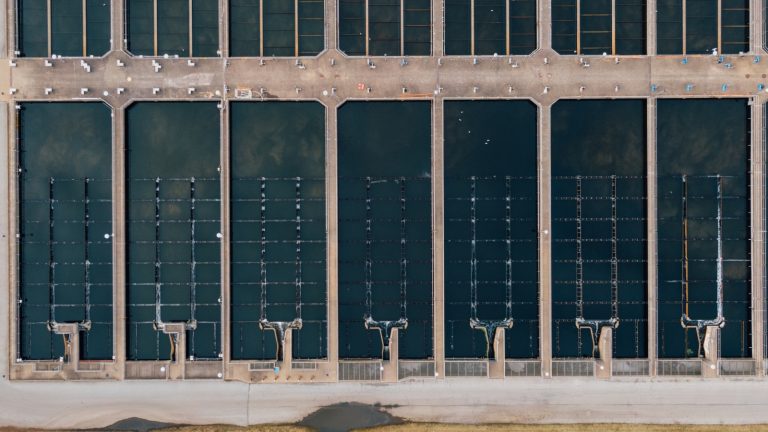
Now, let’s identify where this process actually takes place.
It is a common thing that filtration occurs after the secondary treatment phase in most treatment plants. This takes place when the biological processes have brought the organic load to a lower layer. However, this must happen before final disinfection or chemical treatment. The filtered water, also known as effluent, subsequently advances to chlorination, UV, or ozone disinfection.
If you look into it more deeply, you will notice that the filtration process receives much weight in those facilities that reuse treated wastewater, such as cooling towers, irrigation systems, or industrial recycling processes. Is there any particular reason for that? Yes, indeed, as in such contexts, filtration is important in order to promise compliance with stringent water-reuse guidelines, enhance visual clarity and safeguard sensitive equipment.
However, when the industrial effluents containing grease, oil, or heavy metals are concerned, we can see that there are some specified filtration units in the tertiary or advanced treatment stages.
How the Filtration Process Works – Step by Step
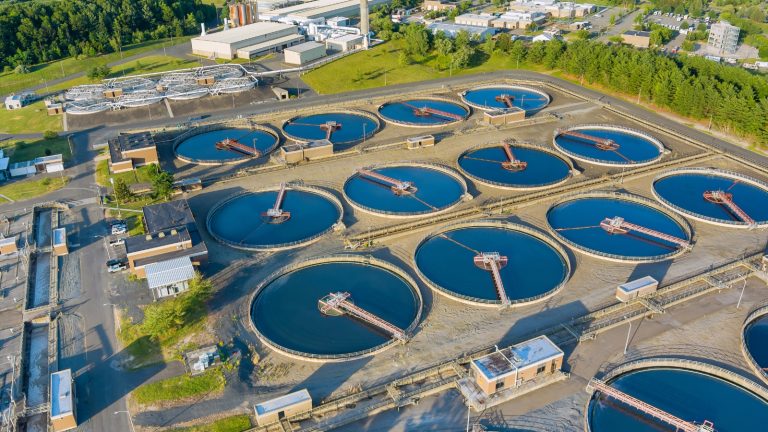
In the context of filtration, it acts as a process of keeping solid particles away from liquid using a porous medium. When wastewater traverses the filter, it is possible to capture those suspended solids that are within or on the surface of the medium, where the clean water smoothly flows through.
Pre-Filtration Conditioning
Wastewater is frequently conditioned using coagulation and flocculation, which has the power to assemble small particles into bigger clusters (flocs), prior to filtration. Since they are simpler to catch, these flocs tend to improve filtration effectiveness and prolong filter life.
Passage Through Filtration Media
After conditioning, the water just flows through media layers like anthracite coal, garnet, and sand. In this phase, those varying particle sizes become the focus of each layer. This means, this is where the bigger debris gets captured by coarse media on top, while the process simply traps the smaller particles at the finer layers below.
Pressure filters, which are frequently used in industrial systems with limited space, force water through under pressure, whereas quick gravity filters allow water to flow downward through the bed.
Accumulation and Head Loss
Head loss, or the resistance to flow, rises as particulates build up. Filtration efficiency decreases as soon as this hits a certain threshold. This is where the plant operators get signals that the filter needs to be cleaned.
Backwashing and Restoration
To restore performance, the wastewater plants need to backwash the filters. This is a reverse flow of clean water (and occasionally air) that loosens and eliminates trapped solids. It is known as a self-cleaning cycle, which maintains regular filtration rates while preventing blockage and bacterial growth.
The best part is that plants can operate continuously without interruption by alternating between filtration and backwash cycles.
Common Filtration Technologies in Wastewater Treatment
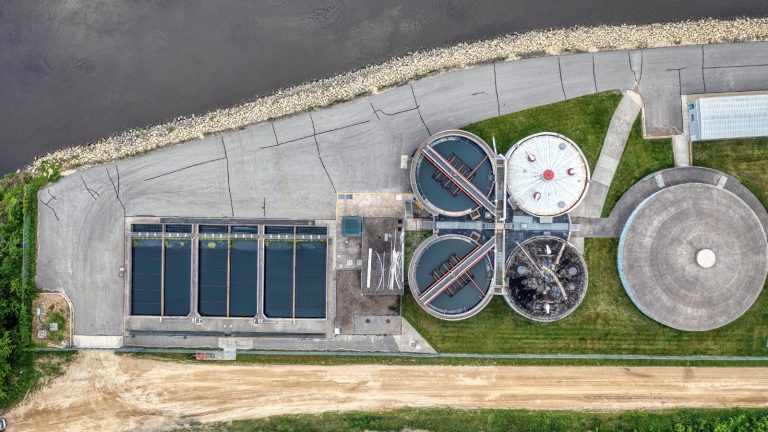
Granular Media Filtration
This is one of the oldest and traditional methods that simply consists of gravel, beds of sand, and anthracite when it comes to taking away suspended solids larger than one micron. It is indeed cost-effective, and the most highlighted feature is that it is easy to maintain. Due to these qualities, this is popular as the most ideal method for municipal systems.
Membrane Filtration
Understanding to complex wastewater filtration framework, the modern treatment plants have started moving towards membrane technologies. This is an advanced strategy that comes with ultrafiltration (UF), reverse osmosis (RO), microfiltration (MF), and nanofiltration (NF), aiming to achieve much finer separation.
Microfiltration offers the ability to disconnect bacteria and suspended solids.
Ultrafiltration is a technique that is good at capturing viruses and colloids.
Nanofiltration and RO are there to unclick dissolved salts and organic molecules.
It is indeed more expensive compared to the traditional methods, yet membrane filtration has great potential to offer exceptional purity.
Activated Carbon and Hybrid Systems
In some facilities, you will notice that they include the activated carbon filters in order to adsorb odours, organic compounds, or residual chemicals. Since these hybrid systems present a fusion of multiple technologies, such as membrane bioreactors (MBRs), where biological treatment and filtration occur within the same unit, they act as compact, high-performance solutions for modern wastewater challenges.
Challenges, Innovations, and Future Trends
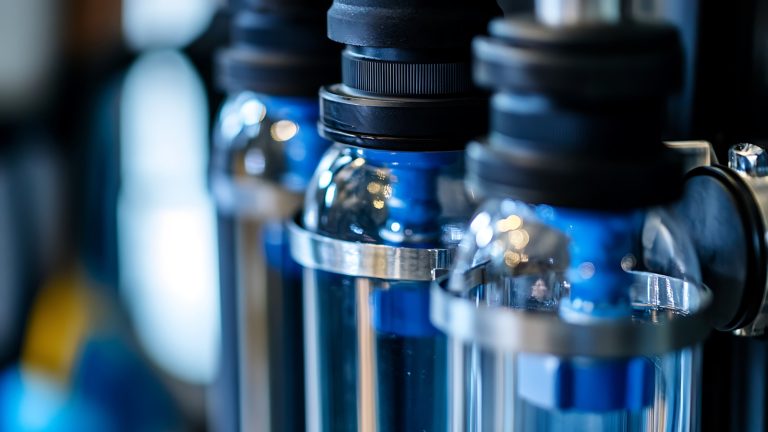
Wastewater filtering endures as a thorn in the system’s side despite its significance. Filter fouling, high maintenance costs, and membrane clogging are perennially encountered process inefficiencies, particularly in systems that hold the prospect of handling high-solids loads or fluctuating industrial waste streams.
The next frontier is smart filtration systems, as they are massively integrated with digital monitoring, real-time performance analytics, and AI-based control. If you look closely, you will see that these innovations not only double the efficiency but also promise to keep the global sustainability alive just by reducing sludge volumes, enabling wastewater reuse, and reducing operational costs.
Ensuring a Robust Wastewater Filtration Process with an AI-Based Digital Push

You may have noticed that carrying out a wastewater filtration process is not an easy task for any size of wastewater treatment plant, as one tiny mistake in one phase can lead to environmental and health issues. This is where you can embrace the AI technology, as Tigernix Wastewater Asset Solution is driven by Industry 4.0 digital capabilities to offer sophisticated features that go beyond traditional filtration methods. With AI power, wastewater plants can ensure the filtration process is spot on and they release 100% purified and safe water.




